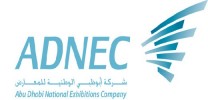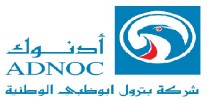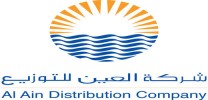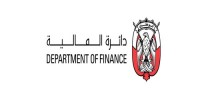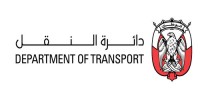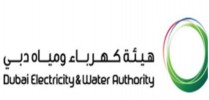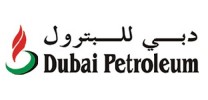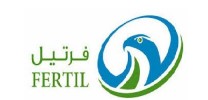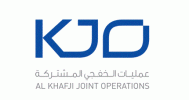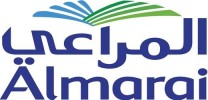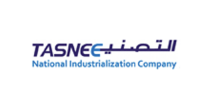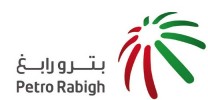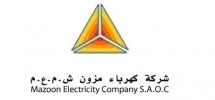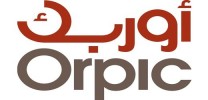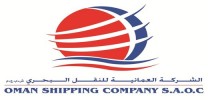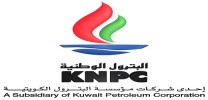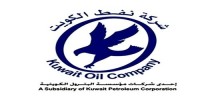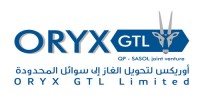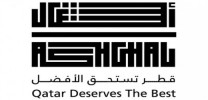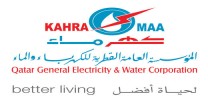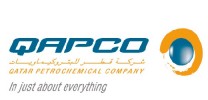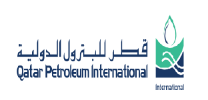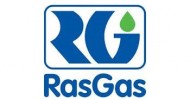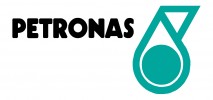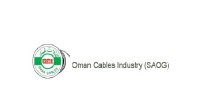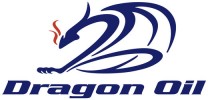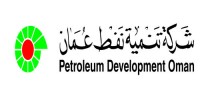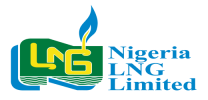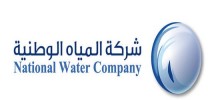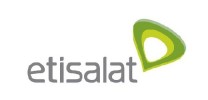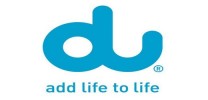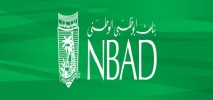
Flare, Blowdown & Pressure Relief Systems
Course Introduction:
This intensive course provides a comprehensive overview of relief and flare systems for oil and gas processing facilities. The course begins with the need for pressure control/overpressure protection, continues with the key engineering and design aspects including code considerations, and concludes with selecting and defining the components of a relief and flare system. The material of the course is applicable to onshore field production facilities, pipelines, gas plants, terminals, and offshore production facilities.
Course Objectives:
Upon successful completion of this course, the delegates will be able to:
- Purposes of relief and flare systems and their importance in safe operations
- Causes of overpressure and the ways to control/mitigate
- Defining the possible relief scenarios
- Commonly used pressure relieving devices, selection and sizing
- Determining set/relieving pressures to meet operational, safety, and code requirements
- Operational considerations of maintenance, testing, certification, and disposal of fluids
- Designing and operating relief and flare header systems considering fluid characteristics, service conditions, volumes, gas dispersion, and radiation
- Selection and sizing other key components of a relief/flare system
Who Should Attend?
This course is intended for all managers, section heads, engineers and senior operating personnel responsible for designing, operating, and maintaining relief and flare systems in oil and gas facilities.
Course Outline:
Day 1:
- Overview of typical relief and flare systems and key components
- Codes and standards as well as good practices typical in oil and gas facilities
- Safety implications and causes of overpressure
Day 2:
- Overpressure protection philosophy including source isolation and relief
- Determination of relief requirements and defining set point pressures
- Types, applications, and sizing of common relief devices
Day 3:
- Blow-down/depressurizing - purpose and design/operational considerations
- Design and specification considerations for relief valves and header systems, including fluid characteristics, services conditions, material selection, and header sizing
- Environmental considerations
Day 4:
- Radiation calculations and the impact of flare tip design
- Selection and sizing of key components: knockout and seal drums, vent/flare stack, vent/flare tips, and flare ignition systems
- Defining need and quantity of purge gas
Day 5:
- Flare gas recovery, smokeless flaring, and purge gas conservation
- Operational and troubleshooting tips
Course Methodology:
A variety of methodologies will be used during the course that includes:
· (30%) Based on Case Studies
· (30%) Techniques
· (30%) Role Play
· (10%) Concepts
· Pre-test and Post-test
· Variety of Learning Methods
· Lectures
· Case Studies and Self Questionaires
· Group Work
· Discussion
· Presentation
Course Fees:
This rate includes participant’s manual, Hand-Outs, buffet lunch, coffee/tea on arrival, morning & afternoon of each day.
Course Timings:
Daily Course Timings:
08:00 - 08:20 Morning Coffee / Tea
08:20 - 10:00 First Session
10:00 - 10:20 Coffee / Tea / Snacks
10:20 - 12:20 Second Session
12:20 - 13:30 Lunch Break & Prayer Break
13:30 - 15:00 Last Session
















